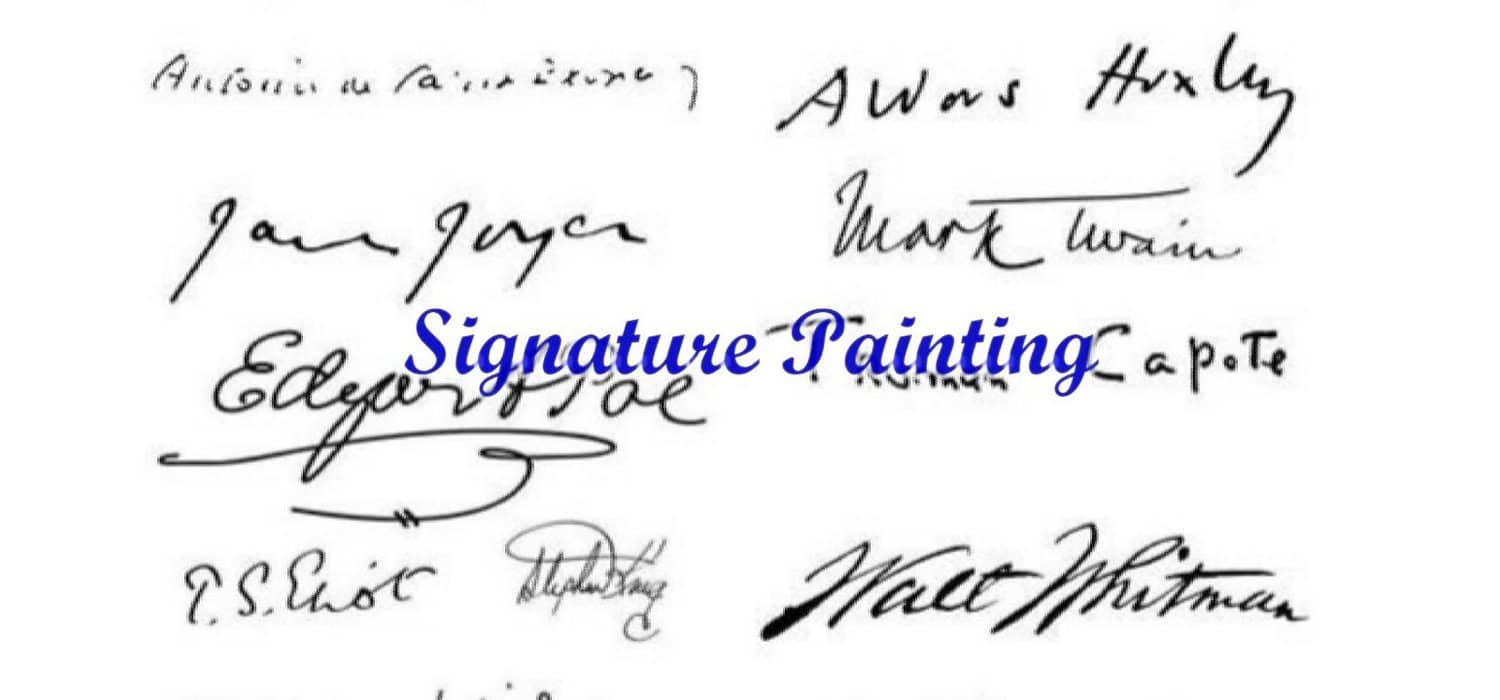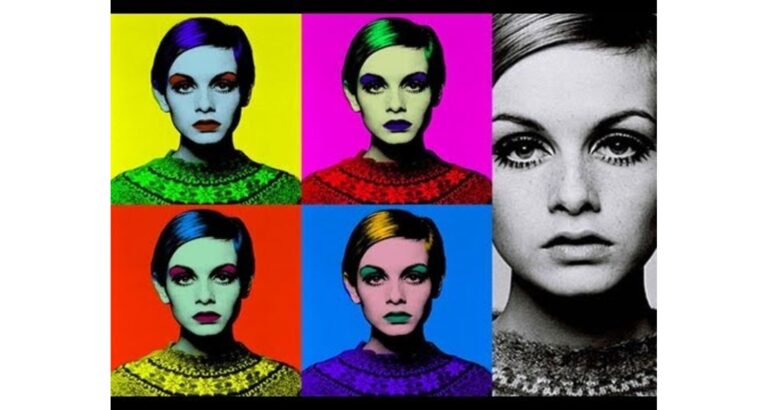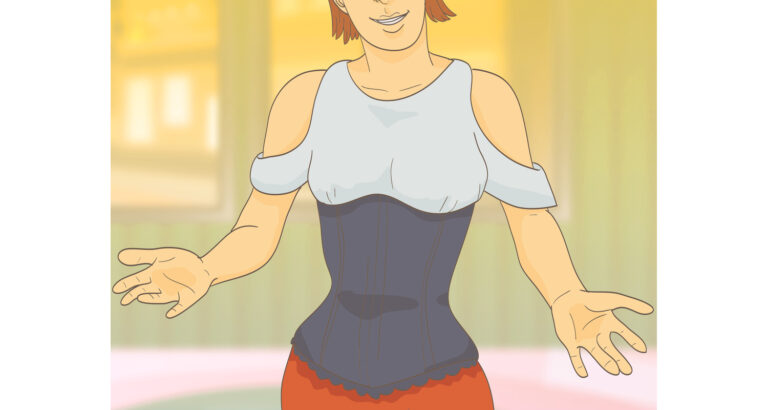Discover the secret to creating your unique art signature today! Are you an artist struggling to brand your work uniquely? This article will guide you step-by-step on how to craft a distinctive art signature that stands out. Don’t miss out on the opportunity to claim your art!
To make an art signature, choose a style that reflects your personality. Practice consistently until it feels natural. Keep it simple yet memorable.
Keep reading to master the art of a perfect signature! Learn practical tips and tricks to ensure your art is always recognized. Unlock your full potential now; your signature masterpiece awaits!
Tools and Materials Needed
To craft your art signature, various tools can help you achieve precision and personal style.
Digital Tools
- Signature Generators: These online tools offer templates and styles to start with. They are perfect for beginners looking for guidance.
- Digital Pens: If you prefer a tablet or digital drawing pad, a stylus or digital pen is essential for creating fluid, precise signatures.
- Photoshop: For artists who want to refine their signature digitally, Photoshop allows extensive customization with layers, adjustments, and filters.
Traditional Tools
- Brushes: Ideal for painters, brushes can create a classic, flowing signature on canvas.
- Paints: Whether oil, acrylic, or watercolor, choose paints that complement your artwork’s medium.
- Fine Liners: Perfect for detailed work, fine liners offer control for small, intricate signatures.
Whether you go digital or stick with traditional methods, the right tools can make a significant difference in creating a signature that reflects your artistic identity.
Step-by-Step Guide to Creating a Signature
Creating a distinctive art signature involves a blend of personal style and the right tools. Here’s how to do it using different methods:
Using Digital Tools
- Choose Your Device: Start with a tablet or digital drawing pad equipped with a stylus.
- Open a Drawing Application: Use apps like Procreate or Adobe Photoshop for their versatility and features.
- Experiment with Styles: Try different brushes and pen settings to find what feels most natural.
- Practice Regularly: Develop muscle memory and a consistent style by practicing your signature repeatedly.
- Save and Refine: Once satisfied, save your signature as a transparent PNG for easy use across various artworks.
Hand-Drawing Your Signature
- Select Your Medium: Choose a pen or brush that matches the style of your art.
- Sketch Out Ideas: Draft several styles on paper. Play with legibility and flair to match your artistic identity.
- Refine Your Favorite: Pick the best version and practice it to maintain consistency.
- Transfer to Artwork: Once confident, start signing your artworks directly using your chosen tool.
Using Signature Generators
- Find a Generator: Search online for art signature generators like MyLiveSignature or Signature Maker.
- Customize Your Style: Input your name and tweak the settings to suit your preference—font, slope, and size.
- Test and Adjust: Preview your signature and adjust until it aligns with your artistic style.
- Download the Signature: Most generators allow you to download your signature for digital use or to print as a template for practice.
Each method offers a unique approach, whether you’re tech-savvy or prefer the tactile feel of traditional tools. Experiment with each to find what best captures your artistic essence.
Tips for Signature Design
Creating an attractive and professional signature requires a balance between aesthetics and identity. Here’s how to make it stand out:
- Focus on Legibility: While stylized, ensure your signature is readable. A legible signature is more likely to be remembered.
- Maintain Consistency: Consistency in your signature across various works enhances professional appeal and brand recognition.
- Personal Style: Your signature should reflect your artistic personality. Whether bold or subtle, ensure it resonates with your general body of work.
- Use Contrast: Make sure your signature contrasts with the background for visibility without overpowering the artwork.
Integrating Signature in Different Art Forms
Different art forms require unique approaches to signature integration:
- Prints: For printed artwork, consider signing in a lower corner with archival ink that won’t fade over time.
- Digital Art: Digitally, add your signature in a discrete but noticeable area. Adjust the opacity to ensure it blends well but remains evident.
- Traditional Paintings: Use a brush or a fine pen that complements the medium of your painting. Consider the color and size of your signature to ensure it is a harmonious part of the overall piece.
- Placement and Medium: The placement should be consistent (like the bottom right corner) but also consider the medium. For instance, oil paintings might use a small brush and oil paint, while watercolors might use a waterproof fine liner.
Making Your Signature Unique
Ensure your art signature stands apart from your legal signature to maintain privacy and security:
- Distinct Style: Develop a style that is markedly different from your everyday signature used for documents.
- Incorporate Symbols: Consider adding a simple symbol or flourish that can represent your artistic brand.
- Creative Placement: Think about placing your signature in a way that integrates into the artwork, such as following a line or color change within the piece, making it a seamless part of the art.
By tailoring your signature to fit your medium and maintaining a consistent yet distinctive style, you can enhance both the professionalism and personal touch of your artwork.
FAQ Section
How do I choose the right style for my art signature?
Select a style that complements your artwork and personality. Consider your artistic theme and personal brand to ensure your signature enhances your work.
Can I use a digital pen for signing physical artworks?
While digital pens are for digital use, for physical artworks, use traditional tools like brushes or fine liners that match the artwork's medium.
What are the best practices for integrating a signature into digital art?
Keep your signature subtle yet visible. Adjust opacity and choose a corner placement to maintain the art's integrity while ensuring recognition.
How can I make my signature consistent across different mediums?
Practice and maintain a specific style, size, and placement. Use tools that provide control and precision for uniformity.
Is it necessary to have my signature on all my artworks?
While not mandatory, having a signature on all artworks can strengthen your brand identity and assert copyright.
Conclusion
Crafting the perfect art signature enhances your professional image and personal brand. Whether using digital tools, traditional methods, or a mix, consistency, style, and visibility are key. Experiment with different techniques to find what best represents you. We invite you to share your signature stories and tips below!

I am Sammy and I blog at Live it. Love it. Make it. It is creative lifestyle blog run by best friends H and Sammy. Head over and follow our crafty adventures!






